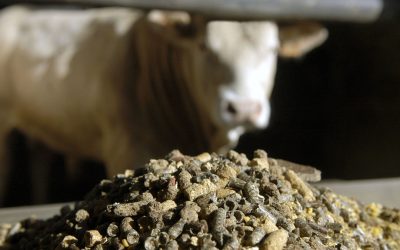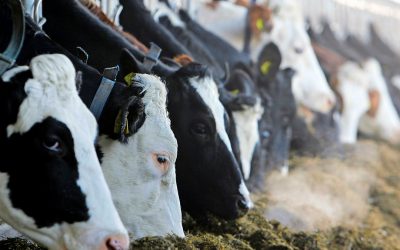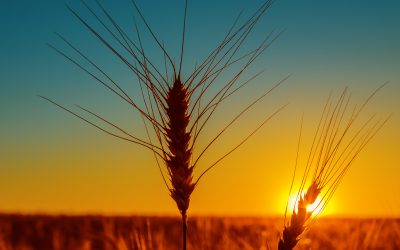Demand for canola oil to increase
Demand for canola oil is expected to grow by 50% by 2020 Pioneer Hi-Bred global canola research director David Charne said.
An increase in canola oil production implicates also an increase in co-products such as canola meal that can be used in animal nutrition.
The world is producing about 58 million tonnes of oilseed brassicas – which included canola, rapeseed and oilseed mustards – but demand is expected to hit 90 million tonnes by the end of the decade.
Dr Charne said about 20% of the growth required to meet the demand would come from an increased sowing area but the rest had to come from better productivity, which implies a yield improvement of 3% per year.
Europe largest producer
Dr Charne said Europe produced about 20.8 million tonnes, China and North America 14 million tonnes each, and India seven million tonnes.
Australia is producing its biggest crop ever this season – 2.5 million tonnes – mostly as a result of good seasonal conditions prompting an increase in the area sown.
Despite that, Australia is a relatively small producer, accounting for about 4% of an estimated 58.3 million tonnes globally.
He said the total area sown in the world was 32 million hectares, with the farm gate value of the global crop about $60 billion.
Until increase in production is mainly achieved by increasing the growing area. "We’re producing 70% more canola today than we were 10 years ago," Dr Charne said. "That’s quite remarkable.
He said a lot of the emphasis would be placed on genetic improvement to reach a 90 million-tonne crop by 2020.
Molecular breeding
Although most of the improvement to date was through plant breeding and introducing genetically modified and non-GM traits, molecular breeding would be the "next revolution".
He said molecular breeding involved using genotypic information – based on DNA – to make smarter decisions to fast-track improvements.
Global germplasm exchange between research groups in different parts of the world was also becoming an important area for genetic improvement.
"We are just beginning to exploit this area on a global level," he said. "This is really a gold mine for breeders."
The focus of canola breeding in the next decade would be on areas such as expanding herbicide resistance, changing crop stature and improving disease resistance, harvestability, stress tolerance and yield quality.
He said changing the crop stature involved developing semi-dwarf hybrids to reduce plant heights by about 20%.
Join 26,000+ subscribers
Subscribe to our newsletter to stay updated about all the need-to-know content in the feed sector, three times a week. Beheer
Beheer









 WP Admin
WP Admin  Bewerk bericht
Bewerk bericht